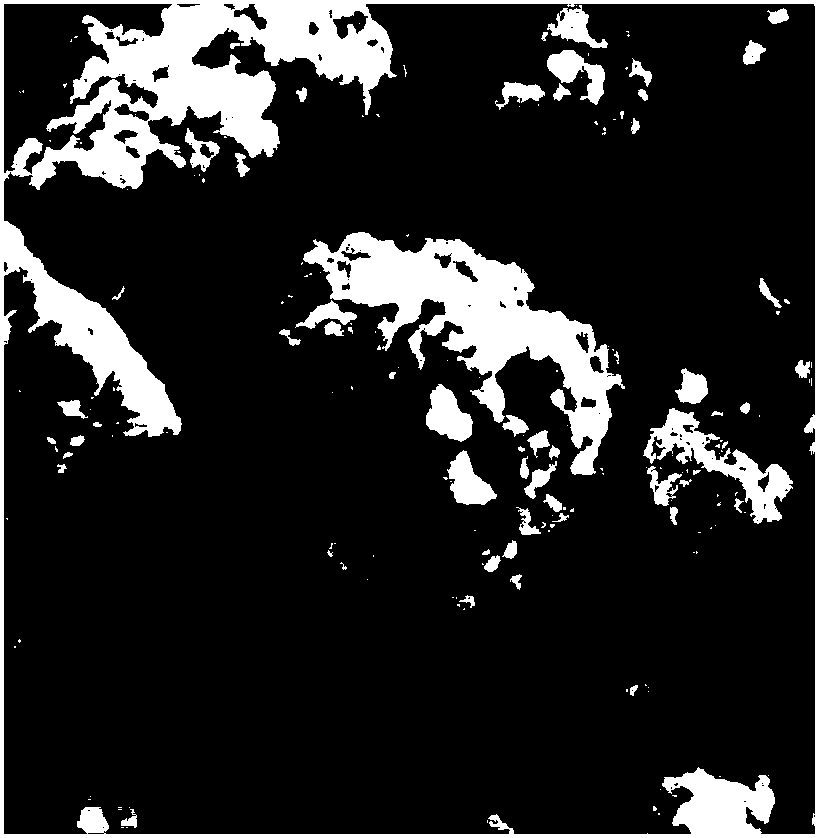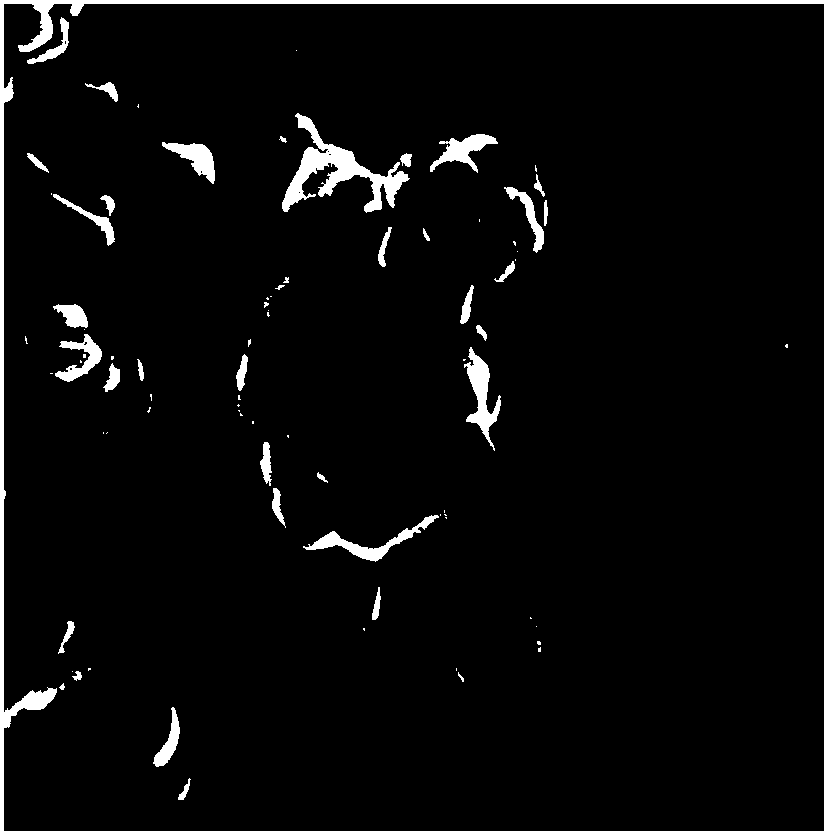Preparation method of lithium titanate negative electrode material with controllable particle size for lithium battery
A negative electrode material and particle size technology, applied in the field of lithium titanate negative electrode material preparation, to achieve high capacity, uniform and controllable particle size, and high cycle stability
- Summary
- Abstract
- Description
- Claims
- Application Information
AI Technical Summary
Problems solved by technology
Method used
Image
Examples
preparation example Construction
[0024] In order to solve this problem, the present invention proposes a method for preparing a lithium titanate negative electrode material with a controllable particle size for lithium batteries, which includes: the first step is to combine the lithium source, titanium source, surfactant, complexing agent, and The buffer reagent is dissolved in water; the second step is to hydrothermally react the product of the first step at 120-200℃ for 12-24 hours; the third step is to dry the product of the second step; the fourth step is to remove the product of the third step Calcined at 700-900℃ for 2-12h. In this method, the addition of a buffer reagent can stabilize the pH of the solution during the reaction, and make the hydrolysis rate of organic titanium constant, so that the size of the titanium dioxide particles generated can be uniform. The added complexing agent is complexed with the hydrolyzed titanium, which can control the hydrolysis rate of the organotitanium source, and pr...
Embodiment 1
[0035] Dissolve 5.8g polyoxyethylene sorbitan palmitate and 9.58g lithium hydroxide into 180g water, then add 38.7g 30wt% H 2 O 2 , Stir for 15min to obtain material 1; take 97.2g of tetrabutyl titanate and slowly add dropwise to material 1 under stirring to obtain material 2; add 1.885g of ammonium carbonate to material 2, and then put it into a 500ml hydrothermal reactor In the process, keep the temperature at 180°C for 12h to obtain material 3; spray dry to obtain material 4; calcinate material 4 at 750°C under nitrogen protection for 8 hours to obtain lithium titanate material for lithium batteries.
[0036] Observe the obtained lithium titanate material using scanning electron microscope, such as figure 1 This is a scanning electron micrograph of the lithium titanate material obtained in this example.
[0037] The lithium titanate material prepared in this embodiment is used as an active material to prepare a lithium ion battery. Using N-methylpyrrolidone as the solvent, the l...
Embodiment 2
[0040] Dissolve 6.4g of octylphenol polyoxyethylene ether and 9.58g of lithium hydroxide into 180g of water, then add 192.4g of isopropanol and stir for 15min to obtain material 1; take 65.6g of tetraethyl titanate and slowly add dropwise to the stirring state Add 3.85g of ammonium bicarbonate to material 2 and put it in a 500ml hydrothermal reactor, keep it at a constant temperature of 150°C for 24h to obtain material 3, which is spray-dried to obtain material 4; Material 4 is calcined at 800°C for 6 hours under the protection of argon to obtain lithium titanate materials for lithium batteries.
[0041] Observe the obtained lithium titanate material using scanning electron microscope, such as figure 2 This is a scanning electron micrograph of the lithium titanate material obtained in this example.
[0042] The lithium titanate material prepared in this embodiment is used as an active material to prepare a lithium ion battery. Using N-methylpyrrolidone as the solvent, the lithium...
PUM
 Login to View More
Login to View More Abstract
Description
Claims
Application Information
 Login to View More
Login to View More - R&D
- Intellectual Property
- Life Sciences
- Materials
- Tech Scout
- Unparalleled Data Quality
- Higher Quality Content
- 60% Fewer Hallucinations
Browse by: Latest US Patents, China's latest patents, Technical Efficacy Thesaurus, Application Domain, Technology Topic, Popular Technical Reports.
© 2025 PatSnap. All rights reserved.Legal|Privacy policy|Modern Slavery Act Transparency Statement|Sitemap|About US| Contact US: help@patsnap.com



